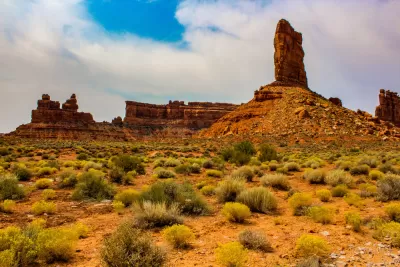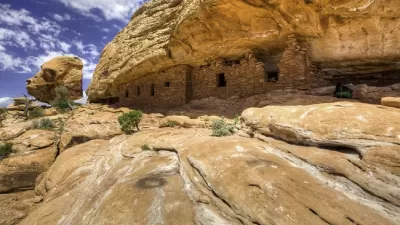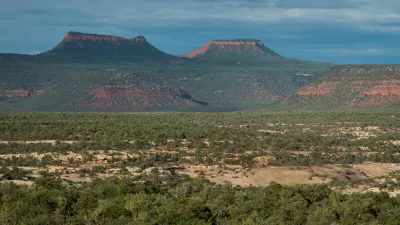A new report highlights the mechanisms the President and his Cabinet could use to protect U.S. land and water resources without going through Congress.

A report from the Center for American Progress outlines actions that President Biden can potentially take to protect U.S. lands and waters without Congress.
According to an article by Maxine Joselow and Vanessa Montalbano in the Washington Post, “The actions include designating new national monuments and national marine sanctuaries; conserving old-growth and mature forests; barring future mining and drilling on public lands; and harnessing new conservation funding from the recently passed climate law and the bipartisan infrastructure law.”
The report highlights tools available to the President and the Cabinet, such as the 1906 Antiquities Act. During his presidency, President Obama designated 26 national monuments spanning 88.3 million acres, more than any other president.
Establishing new national monuments, the report states, could protect thousands of acres of critical habitats and cultural resources. “The report also calls on Interior Secretary Deb Haaland to withdraw sensitive and sacred lands from future drilling and mining.”
FULL STORY: Report details how Biden can protect 30 percent of U.S. lands and waters by 2030 without Congress

Study: Maui’s Plan to Convert Vacation Rentals to Long-Term Housing Could Cause Nearly $1 Billion Economic Loss
The plan would reduce visitor accommodation by 25,% resulting in 1,900 jobs lost.

North Texas Transit Leaders Tout Benefits of TOD for Growing Region
At a summit focused on transit-oriented development, policymakers discussed how North Texas’ expanded light rail system can serve as a tool for economic growth.

Why Should We Subsidize Public Transportation?
Many public transit agencies face financial stress due to rising costs, declining fare revenue, and declining subsidies. Transit advocates must provide a strong business case for increasing public transit funding.

How to Make US Trains Faster
Changes to boarding platforms and a switch to electric trains could improve U.S. passenger rail service without the added cost of high-speed rail.

Columbia’s Revitalized ‘Loop’ Is a Hub for Local Entrepreneurs
A focus on small businesses is helping a commercial corridor in Columbia, Missouri thrive.

Invasive Insect Threatens Minnesota’s Ash Forests
The Emerald Ash Borer is a rapidly spreading invasive pest threatening Minnesota’s ash trees, and homeowners are encouraged to plant diverse replacement species, avoid moving ash firewood, and monitor for signs of infestation.
Urban Design for Planners 1: Software Tools
This six-course series explores essential urban design concepts using open source software and equips planners with the tools they need to participate fully in the urban design process.
Planning for Universal Design
Learn the tools for implementing Universal Design in planning regulations.
City of Santa Clarita
Ascent Environmental
Institute for Housing and Urban Development Studies (IHS)
City of Grandview
Harvard GSD Executive Education
Toledo-Lucas County Plan Commissions
Salt Lake City
NYU Wagner Graduate School of Public Service




























